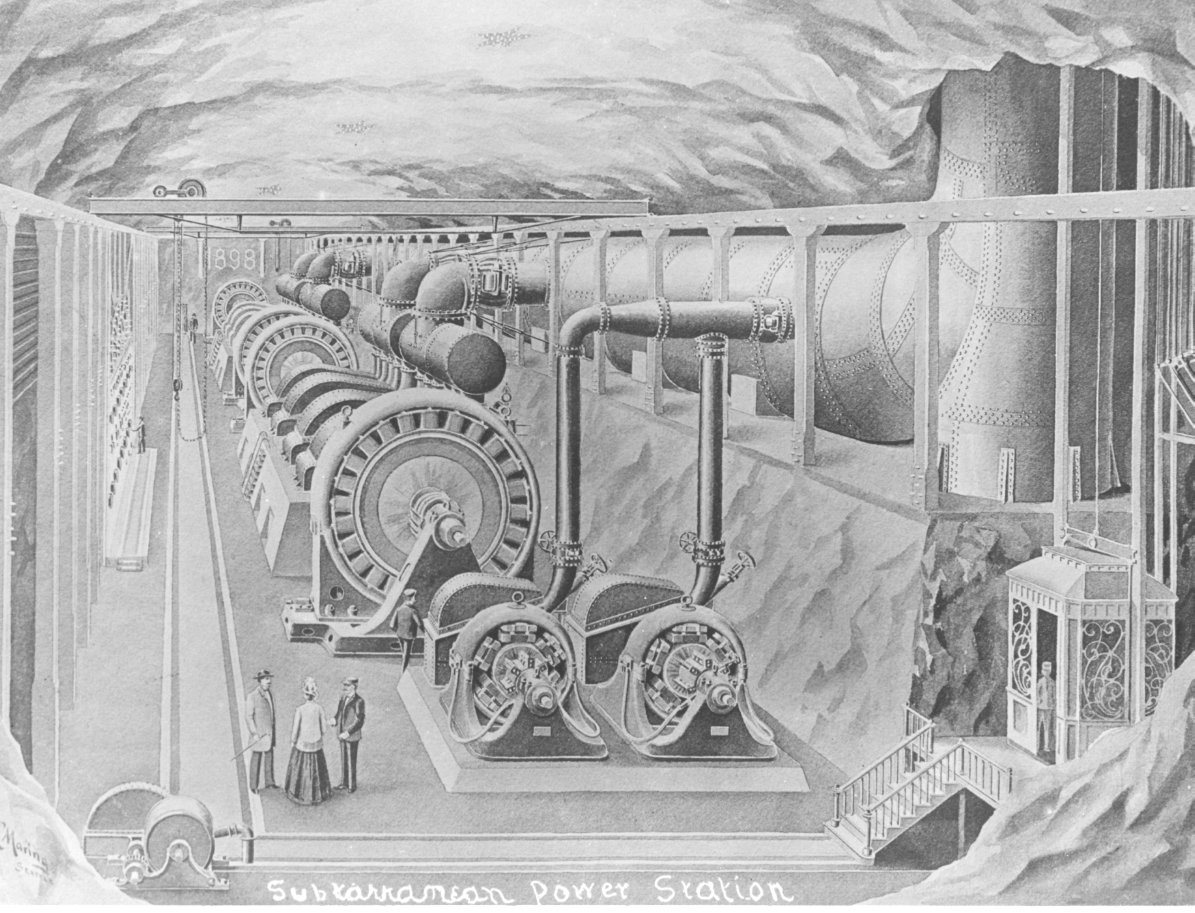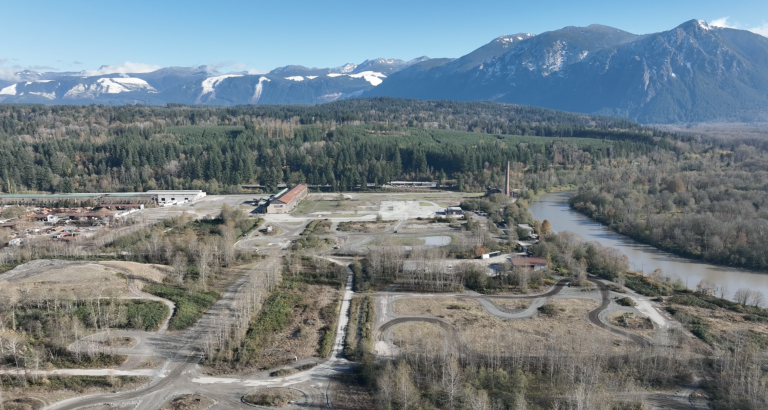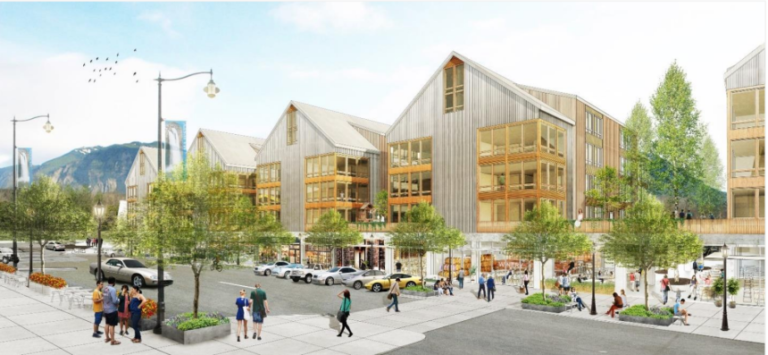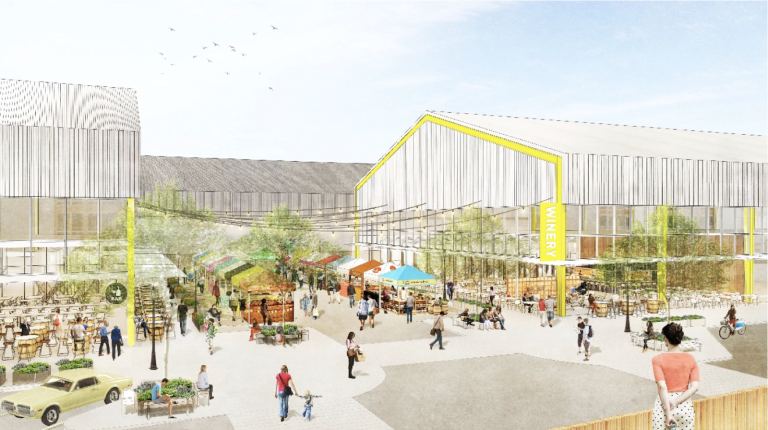

The Innovative History of Snoqualmie Valley
The breakthrough of power transmission from Snoqualmie Falls
Snoqualmie Valley has an extensive history that has brought the community to where it is today. The innovation in our region has been marked by significant milestones and resulted in transformations that were published to scientific journals worldwide.
As an example, there was no scientific evidence of how long AC (Alternating Current) power could be transmitted. DC (Direct Current) could only be transmitted a short distance, which meant the original Edison electrification idea would require many plants just a few miles apart to serve communities with power.
An Alternating Current system was developed at Snoqualmie Falls that changed how power would be delivered by a long-range transmission system. On November 13, 1900, a test was performed running electricity from Snoqualmie to Tacoma and then to Seattle.
Once the lines were established, they sent electricity in a big loop to Tacoma, to Seattle and back to the Falls where they ran a generator as a motor, thus proving the viability of long-range AC transmission. As proof, they took a water-powered generator to create electricity, disconnected the water wheel, and connected the electricity to it. As they watched it spin, they knew they had hit upon something big. This was the first-ever verification that power could efficiently be transmitted – and over 153 miles. The test alone was a primary factor in the increase in national investment in hydroelectric infrastructure.
The Snoqualmie Falls Lumber Company Mill, which would later become Weyerhaeuser in 1948, became the second “all-electric” mill in the nation, producing its own electricity onsite, and the first one built from scratch with electricity, rather than steam.
Today, the iconic brick powerhouse and red brick smokestack stands strong as the original power plant. It is protected with special historical status as a King County Landmark, representing the pure innovation of the mill itself.
The Puget Sound region is known and respected globally as a hub of innovation and we celebrate Snoqualmie Valley’s rich history in delivering energy much more efficiently. We are excited to continue building toward an equally bright future here as well.
Images, materials and credit for this blog post are attributed to Dave Battey, the Official Historian for the City of Snoqualmie, Snoqualmie Valley Museum and the Snoqualmie Valley Historical Society.



